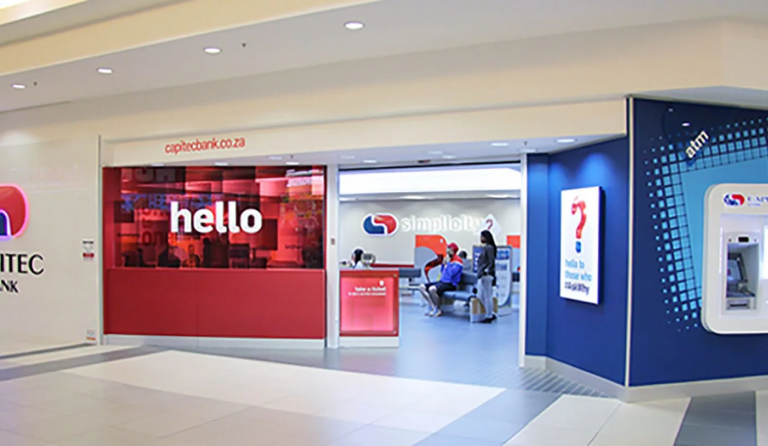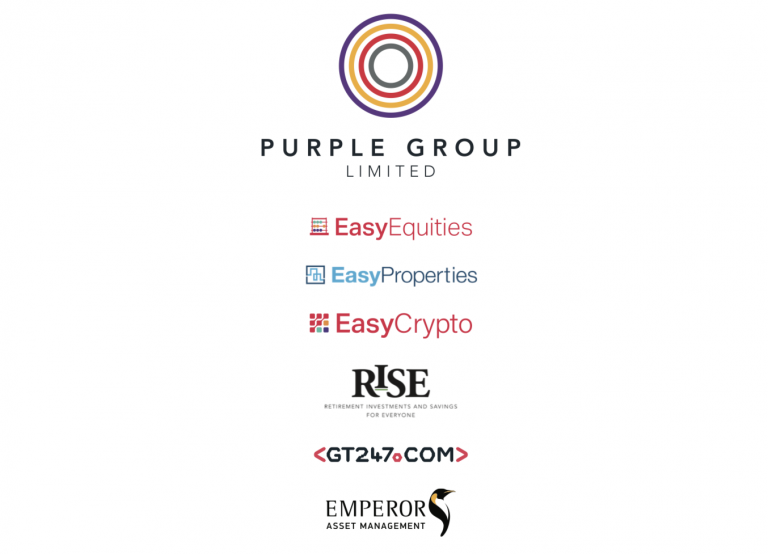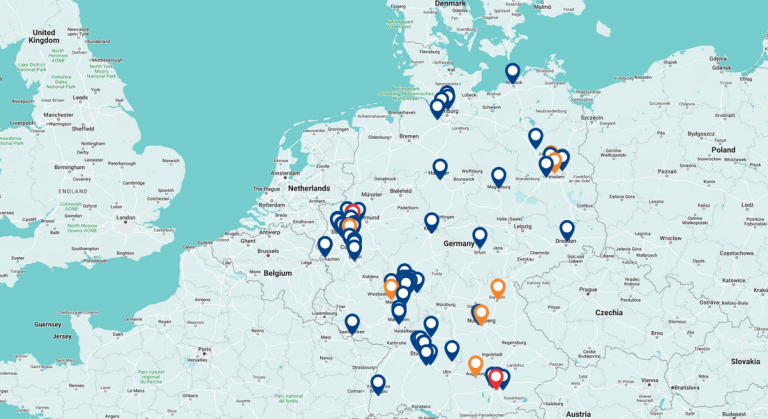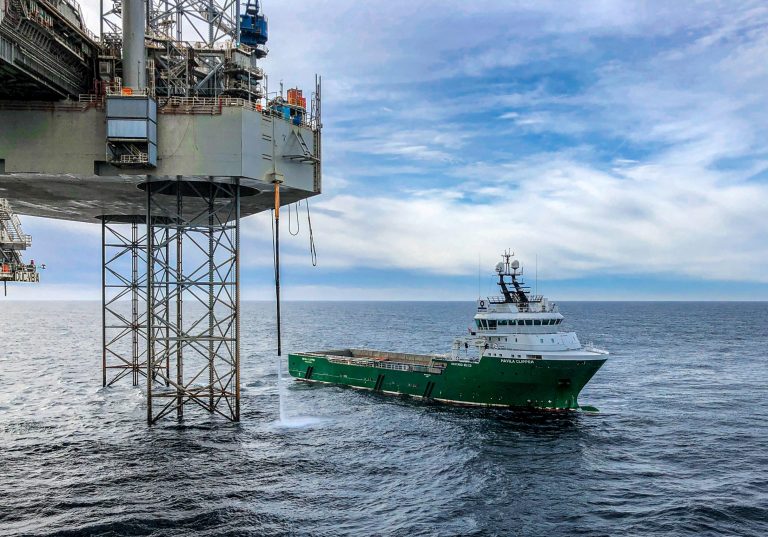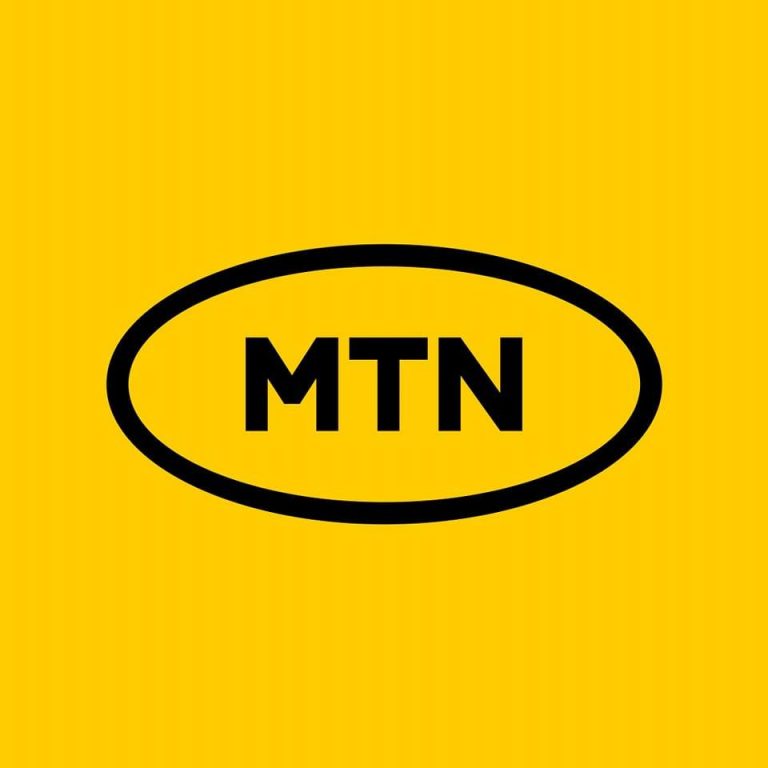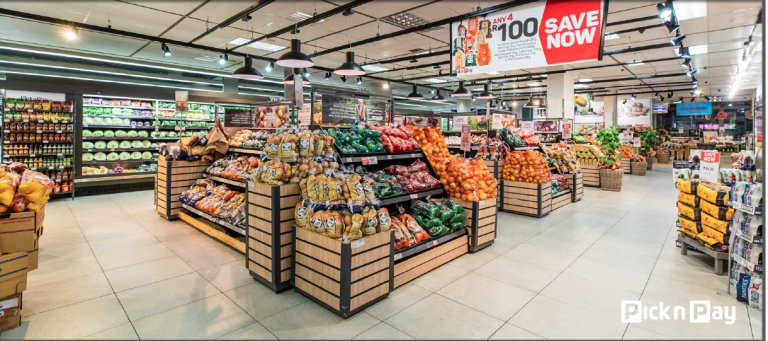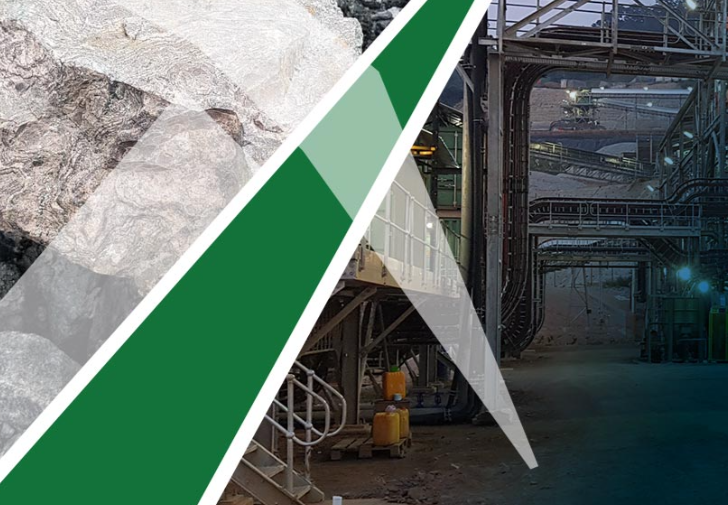Capitec is a wonderful example of a company where the valuation has moved into a different solar system from the rest of the market. The company has been one of the single greatest success stories of modern times on the JSE and continues to grow. It needs to, as the valuation is beyond demanding.
There’s been a lot of noise in the market around Capitec and there are still those who simply don’t believe the numbers. In the absence of concrete proof to the contrary (whether from Viceroy or elsewhere), I will rely on the audited numbers released by the company.
Those numbers tell quite a story.
Before getting into the details, I’ll prepare you by noting that headline earnings per share (HEPS) increased by 84% in the year ended February 2022 to R73 per share. I know what you’re thinking – “this was a recovery year vs. Covid” – and you are right, when it comes to most companies. For the year ended February 2020, HEPS was R54.28 per share. Earnings are 34.5% higher over a two-year period that included the largest economic shock of our lifetimes.
The dividend story is even stronger, up 128% to R36.40 per share. To top it off, there’s a special dividend of R15 per share. Ignoring the special dividend, Capitec is only on a dividend yield of 1.6%. This is a result of the enormous valuation placed on the company by the market.
If we look deeper, we find a year that boasted 14% growth in active clients to 18.1 million and 17% growth in clients using digital channels to 10.1 million. Such high growth numbers mean that Capitec continues to win market share.
The financials tell an interesting story around the strategy.
Total interest income (the bread and butter) only increased by 6%. Net loan fee income, which is related to this, also increased 6%. This is nothing to get excited about, obviously. The magic is happening on other income lines like net insurance income (up 60%) and net transaction income (up 21%). Don’t ignore funeral plan income, up 39%.
These ancillary services are aggregated into what banks refer to as “non-interest revenue” – a key driver of return on equity as this income is not directly related to assets or liabilities on the balance sheet.
A huge 55% decrease in credit impairments (a R4.3 billion favourable swing) gave the result a strong boost. After impairments, net income increased by 55%.
Expenses grew substantially in this period, up 33%. The narrative in the result suggests that the main driver is employee costs (up 57%). This has caused the cost-to-income ratio to jump to 47% from 42%, of which 300bps is directly attributable to employee cost growth. Although that’s still a much better cost-to-income ratio than competitors, investors will keep an eye on this.
Thanks to such positive JAWS (the net income growth rate minus the expenses growth rate), profit after tax shot up by 91% and headline earnings increased by 84%.
Return on equity (ROE) has improved from 17% to 26% and the net asset value per share (a key concept in banks) increased by 20% to R308.88.
Here’s the kicker: Capitec closed 1.5% lower yesterday at just under R2,270 per share. That’s a price/book multiple of 7.35x (price divided by net asset value per share). The effective ROE (which combines ROE as reported and the value the market is placing on the equity) is thus just 3.5%.
I know from my work on Magic Markets Premium that some of the best companies in the world (like Microsoft) trade at these levels of effective ROE.
The valuation just doesn’t seem to matter with Capitec, as the share price is up nearly 64% over the past twelve months and is 11.5% higher this year.
The market is pricing in a great deal of growth and to Capitec’s credit, they keep on delivering it. After dominating in consumer banking, even the business banking efforts are looking really good (accounts up 31% and a contribution of R174.5 million to group earnings). Capitec has acquired Mercantile Bank to give its business banking strategy a boost.
Notably, Capitec is lagging the share price performances of other major banks this year. The valuation has taken a small breather. But with a result like this, the growth story is still in good shape.

